Jan 4, 2025
Understanding Negative Externalities: The Hidden Social Costs
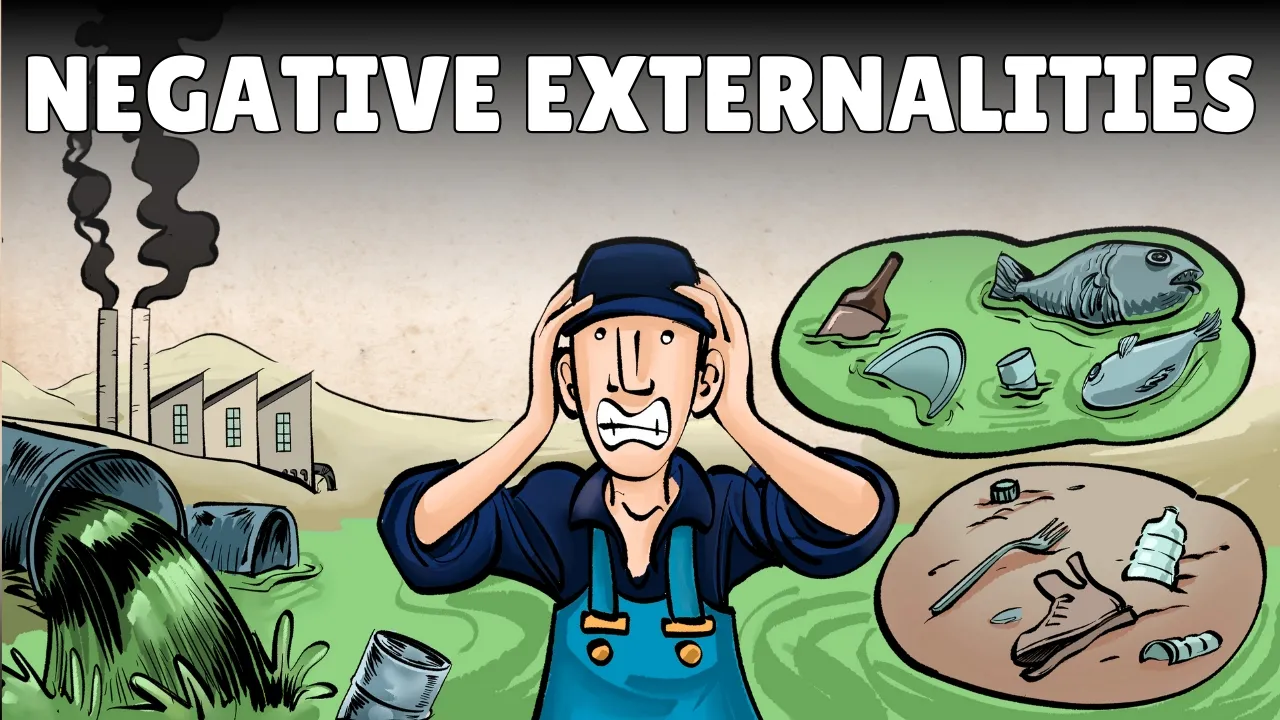
Introduction
Meet Tony, a fisherman who has spent his life by the lake. Over time, this once peaceful area has transformed, with a large hotel blocking sunlight and guests leaving trash on the beach. For Tony, these are negative externalities—costs imposed on him and his community without compensation. In contrast, the delightful aroma of coffee from a nearby café serves as a positive externality. However, the situation escalates when a paper factory begins to pollute the river that feeds into the lake where Tony and his fellow fishermen earn their living.
Environmental Impact
The paper factory's use of the clean river water leads to disastrous consequences. The production process contaminates the water, which then returns to the river, killing fish downstream—a cost to society that is not accounted for. As the fish population dwindles, Tony and the fishermen grow increasingly anxious about their livelihoods.
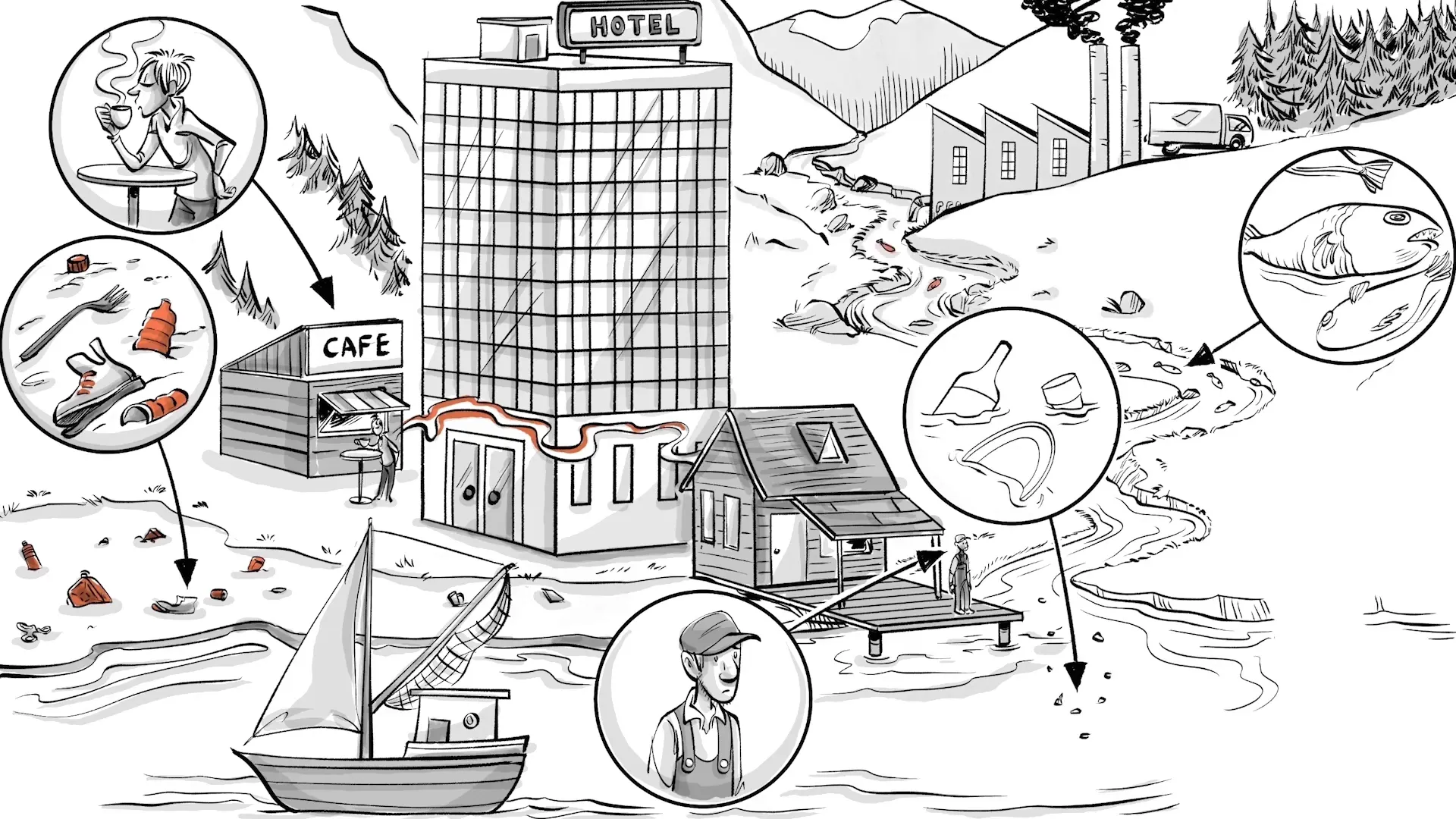
Social Behavior Impact
Things take a turn for the worse when the factory's low prices lead to more negative externalities. Because the factory does not factor in the cost of dead fish, the paper is sold at a price that encourages the coffee shop to switch from reusable porcelain cups to disposable ones. This change exacerbates the pollution problem, leading to more waste and more fish dying, further harming Tony's business.
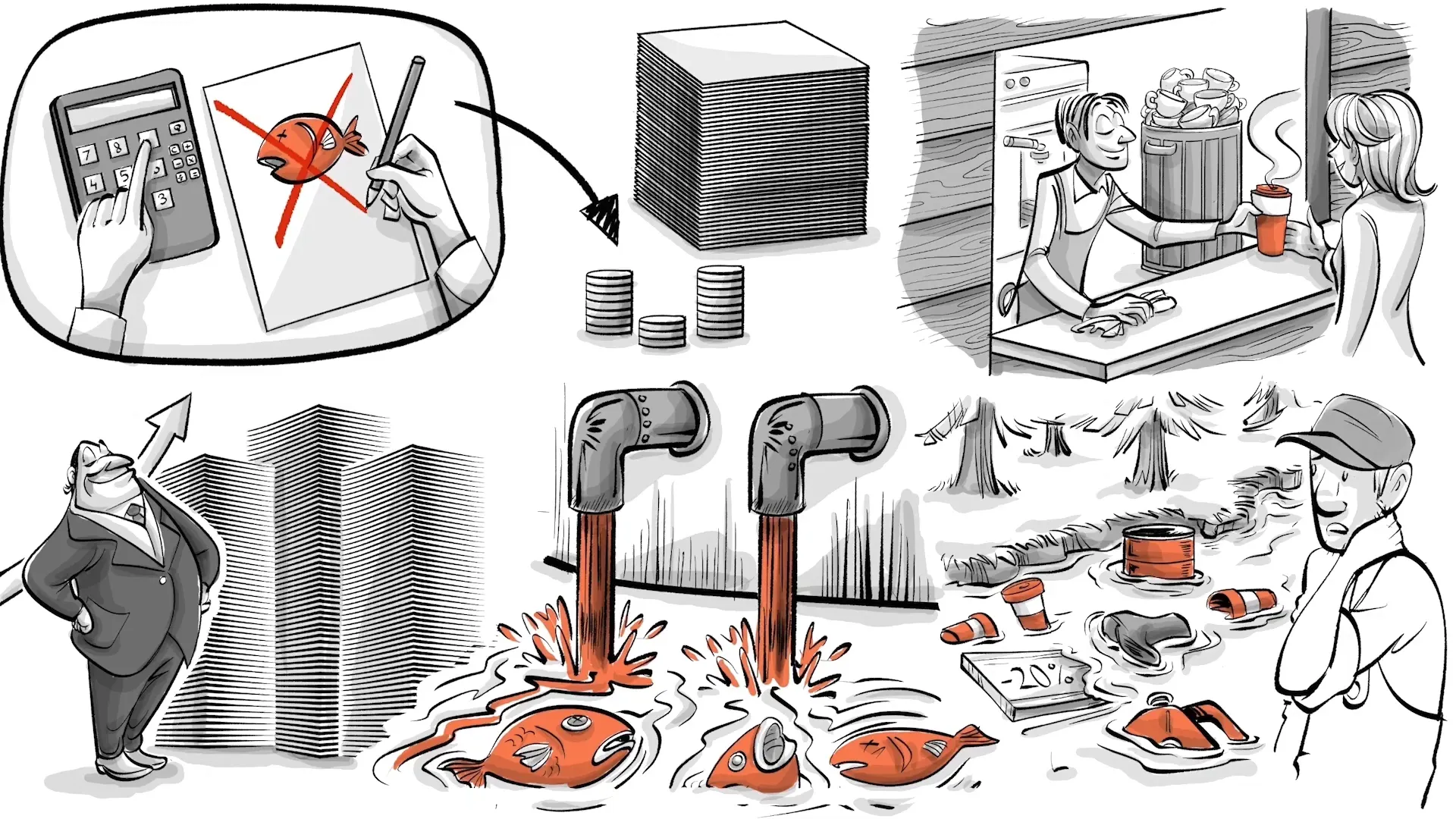
Solution
Faced with this dire situation, the fishermen decide to take action. They stage public protests until the local government enacts a new law requiring the factory to internalize the costs of its waste management. As a result, the factory installs filtration systems to clean the water, allowing fish populations to recover and enabling Tony to return to his usual fishing practices.
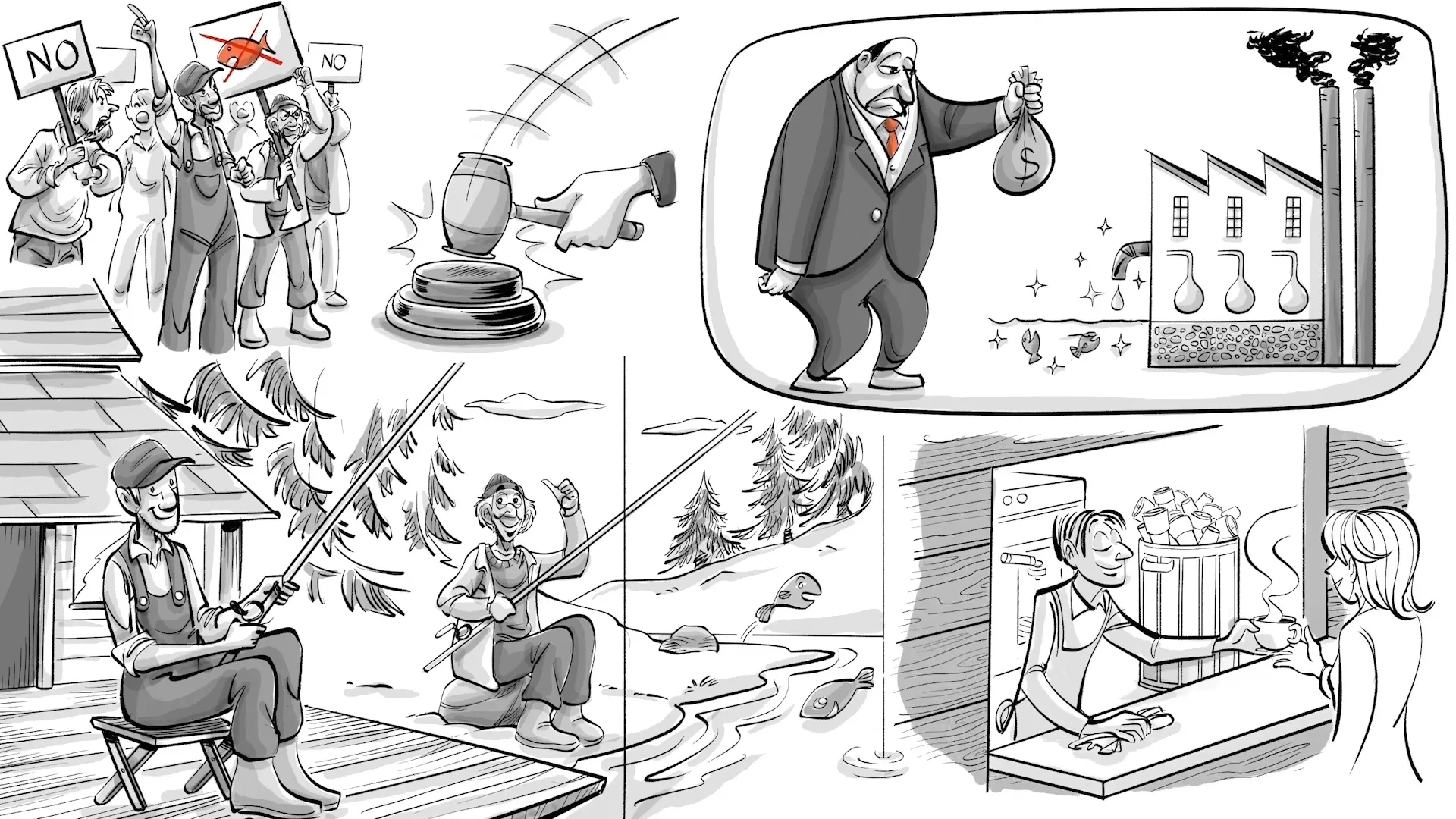
Distortion of Supply and Demand
To understand the economic implications, we can analyze the supply and demand for paper. In an unregulated market, the factory only considers its private costs—construction, salaries, and raw materials—leading to a supply curve that does not reflect the true social costs. If the factory included the costs of environmental damage, the supply curve would shift leftward, resulting in a higher paper price and a lower quantity demanded.
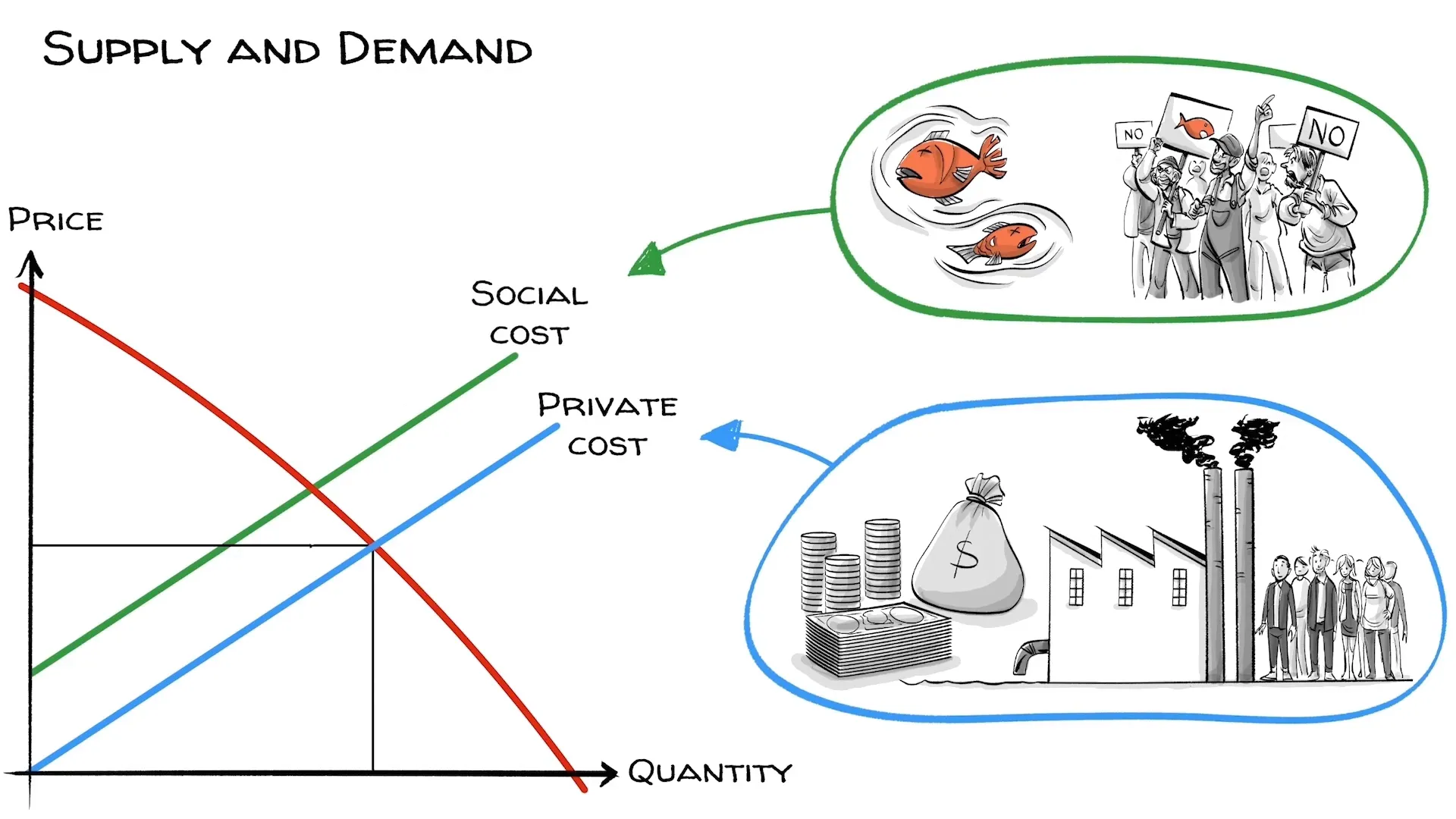
Tragedy of the Commons
Negative externalities are particularly prevalent in situations where resources are free to use, like air and water. The concept of the tragedy of the commons illustrates this phenomenon: when individuals exploit a shared resource without considering the long-term effects, the resource becomes depleted. This is evident in overfishing in international waters, where no one entity has ownership, leading to unrestricted fishing practices.
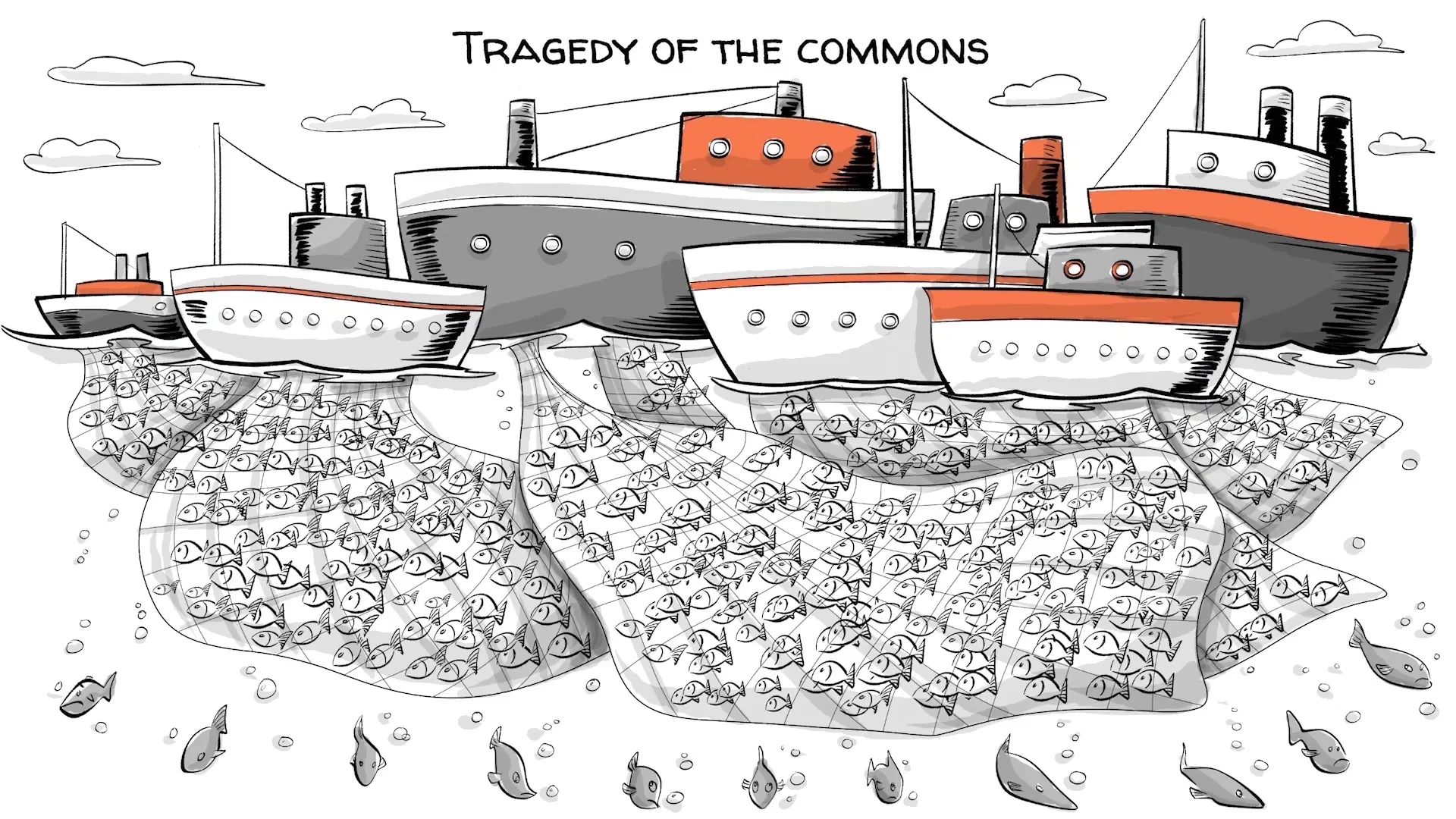
To Prevent Negative Externalities
To combat negative externalities and prevent tragedies of the commons, several strategies can be employed:
- Create public awareness about the consequences of negative externalities.
- Assign property rights appropriately to encourage responsible resource use.
- Force the internalization of negative externalities through regulations.
- Implement fines for non-compliance with environmental standards.
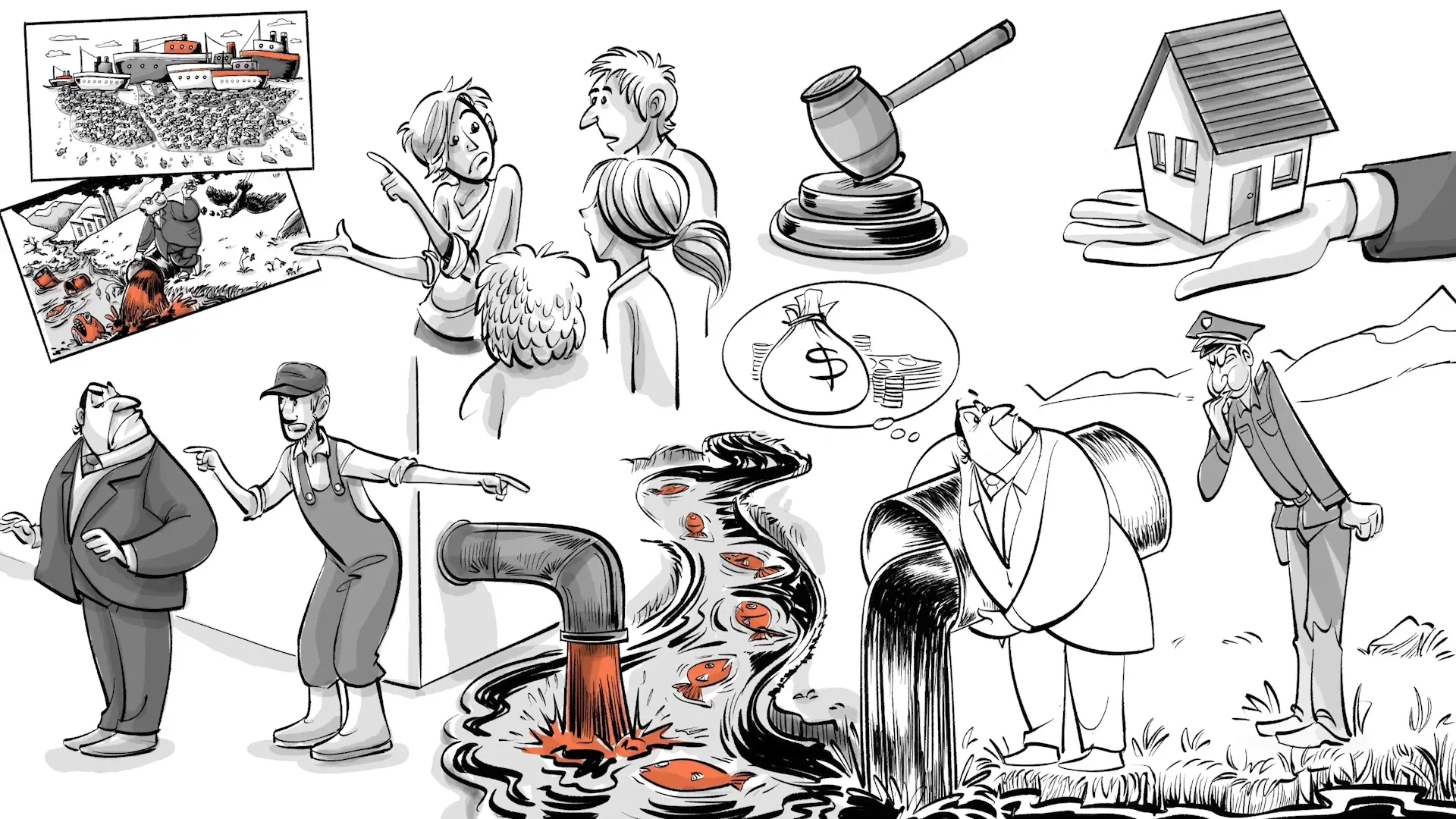
Summary
In summary, negative externalities are the hidden costs of activities that affect third parties. When these costs are not internalized, they distort supply and demand, ultimately harming society. By addressing these externalities, we can work towards a more equitable and sustainable economic model.
What do you think?
Consider the impact of personal choices on the environment. For example, car emissions contribute significantly to air pollution and climate change. Some governments incentivize electric car purchases to reduce these emissions. Imagine you are a Minister of Transportation—what other strategies could you implement to promote electric vehicle adoption?

Conclusion
Understanding negative externalities is crucial for developing effective policies that protect both our environment and our communities. By recognizing the hidden costs of our actions, we can make better choices that benefit everyone.
This article was created from the video Negative Externalities: The Hidden Social Costs with the help of AI. It was reviewed and edited by a human.



